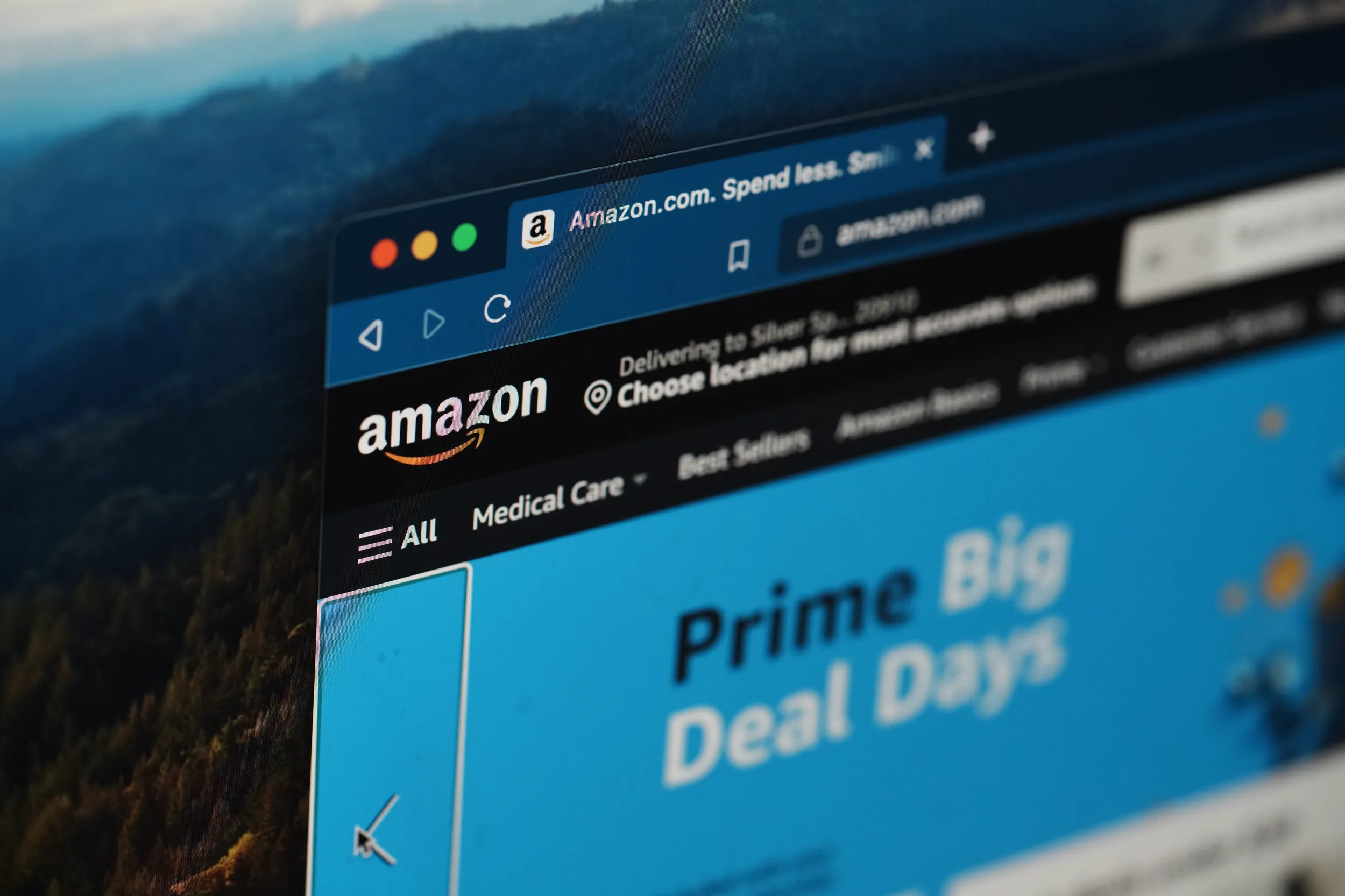Competitive Cuisine: Food Trucks and Online Business Model Innovation
[Part 1 of 2 in a series on food trucks. Today’s post by Ali Sternburg is on the advantages of the Internet for food trucks, who can engage with customers and create innovative new business models. Tomorrow’s post by Daniel O’Connor is on incumbent brick-and-mortar restaurants using local regulations to fight competition from food trucks in D.C. and across the nation.]
Most businesses are dependent on Internet tools, even if the industry appears to be primarily offline. According to the 2011 McKinsey Global Institute report entitled “Internet matters: The Net’s sweeping impact on growth, jobs, and prosperity,” three-fourths of the benefits and “economic value created by the Internet falls outside of the technology sector . . . in more traditional industries.” While that number may seem high at first, this makes intuitive sense. The Internet is filling in the gaps and enabling new business models, particularly for small businesses. The Internet allows for faster communication, by email and social media, and has transformed the way that businesses can engage with their customers and the public at large. Furthermore, innovation in payment processing has allowed mobile vendors to accept credit cards and streamline financial transactions the same way that brick-and-mortar competitors do. As the McKinsey study makes clear, the biggest beneficiary of the innovating Internet ecosystem is traditional businesses, which can embrace new technology to create new, innovative ways to make money. For an excellent primer on companies figuring out when and how to evolve their methods of doing business, check out the Harvard Business Review article “Reinventing Your Business Model.”
The success of most food trucks, for example, is dependent on a healthy online presence—Twitter feeds and other Internet-powered social media. Where the mobility of food trucks once meant they had a hard time maintaining a consistent customer base, social media—particularly Twitter—has changed that. Using social media, truck operators can develop a meaningful connection with repeat customers, establish a brand, and answer questions about the soup-of-the-day. Additionally, the proliferation of smartphones enables customers to follow real-time feeds and use GPS to search for trucks near their location. These online services are available to traditional restaurants as well, but food trucks have a distinct need to be immediately accessible and maintain customer contact, because they are uniquely able to travel to where the demand is.
Customers like the experience, convenience, variety, and novelty of buying food from a truck. There are fewer frills, and the price of food is often lower, both psychologically because tax is presumably built into the price on the menu and tipping is not the convention, and also in actuality because the trucks can charge less since they have fewer costs. These benefits to the public are precisely why food trucks are disruptive competitors to sit-down establishments and takeout places (and perhaps to the incentive to pack a lunch), and thus why restaurants don’t like food trucks, and feel increasingly threatened by their growing prevalence. Food trucks are a frequent lunch destination here in D.C., with 137 trucks currently operating, according to FoodTruckFiesta.com, which has an automated daily tracker of the trucks’ locations and Twitter handles. This resource also lists 18 Retired Food Trucks, 18 Food Trucks Coming Soon, and the “Shame List – Trucks that don’t Tweet” which comprises just 7 trucks, indicative of how pivotal Twitter is to this industry. (As a comparison, according to the Wall Street Journal, there are currently 38 food trucks in Boston, and 29 in St. Louis.) The Wall Street Journal ran a story last week on various food truck challenges across the country. The Journal explained the familiar arguments of food trucks (“Some food-truck operators argue that they shouldn’t be punished for offering an innovative service, especially since many cities already allow restaurants to open up alongside one another.”) and restaurants (“Established restaurants say the influx of food trucks is eating away at their bottom lines.”). Don’t miss my colleague Daniel O’Connor’s post tomorrow that explores the regulatory push of incumbent food establishments in response to food trucks’ growth, in D.C. and elsewhere.
There is some disagreement these days about the traditional dream of bands “being discovered” online, developing a following, and whether the ultimate goal should still be “getting signed” by a record label. As my last post pointed out, there are a lot of ways for musicians to make money online without following the traditional pre-Internet path of the industry. Similarly, many food trucks thrive on being mobile and thus able to reach different customer bases, and not having many of the startup and maintenance costs that a building requires, and intend to continue with that business model. Others, however, have used the food truck as a platform to test out customer demand for food, but still strive to open brick-and-mortar restaurants. One example is El Floridano, which is currently in the middle of a Kickstarter campaign to raise money for a physical space. Another is District Taco, which, in addition to being the first DC food truck with its own iPhone and Android apps, has now opened two restaurant locations, though it continues to operate its truck, which seems to indicate that restaurants and food trucks can serve different markets.
Food trucks are not chained to traditional norms of the food service industry, and are thus more free to adopt innovative new technologies such as the aforementioned apps, or mobile payment systems. One example is Square, which even has a site geared to food trucks entitled “How food trucks get paid.” Square has been in the news recently, as DisCo contributor Glenn Manishin blogged, for its new partnership with Starbucks, which has massive potential to disrupt conventional norms about payment, both for customers and for businesses. Wired recently discussed the mobile payment industry, and described Square in a most disruptive way:
True to its startup DNA, Square has always presented itself as the roguish, innovator seeking to rattle the stodgy old men of the credit card industry. . . . By striking a huge deal with one of the world’s most visible retailers [Starbucks], Square seems to be defining its own standards for how the future of mobile payments will look. Instead of sitting at their knees, Square might be telling the grown-ups they just need to catch up.
Similarly, FastCompany recently profiled Square, and Square’s competitors chastised Square for being too “cool.” (Seriously.) I find that viewpoint hard to digest, but then again, when patronizing food trucks as research for this post last week (I know, my life is so hard), I watched Square in action for the first time, and most certainly did not underreact. It was so simple, so well-designed. This is the future—innovators (like food trucks) relying on other innovators (like Square), and bringing things to their customers that they have not before seen. Food trucks should continue to cater to the consumer experience, and remain open to new resources, particularly those enabled by emerging technologies. And restaurant establishments should recognize that what is in their—and their patrons’—best interests is to work on improving the food, price, and dining experience, rather than focusing on inconveniencing and displacing competitors through government regulation. (But more on that tomorrow in Dan’s post.)
Finally, this post wouldn’t be complete without a mention of another thing the Internet enables in all industries—feedback generated by customers. In the food truck space, there are user-generated reviews on sites like Yelp (for more on the online review industry, see Dan’s post on Google’s acquisition of Frommer’s from yesterday), but my personal favorite is the Supreme Cart, a review site impressively run in the style of Supreme Court opinions. Law nerds, check it out; I can’t do it justice myself. #punintended









